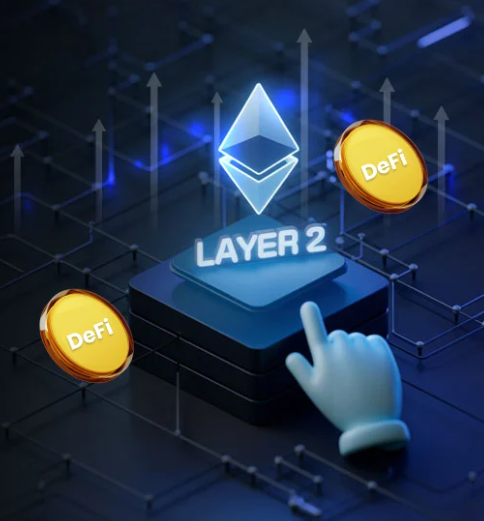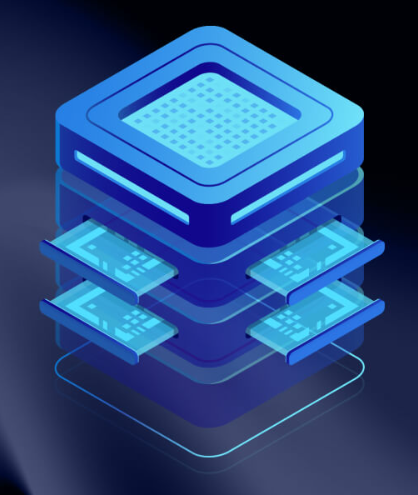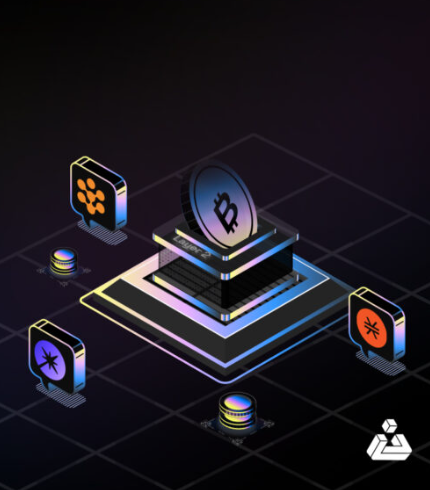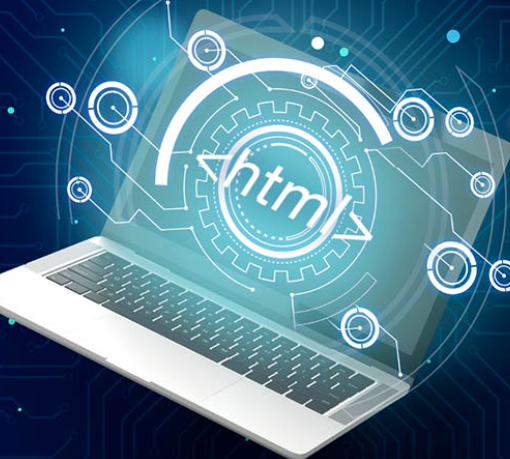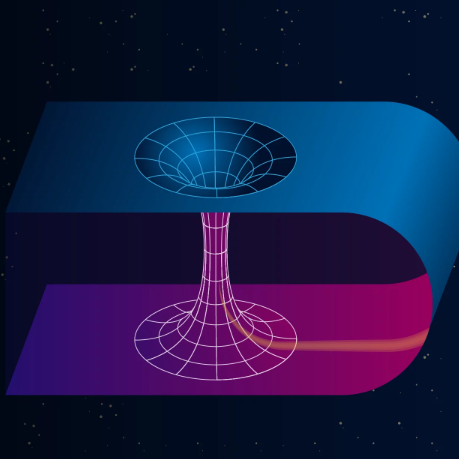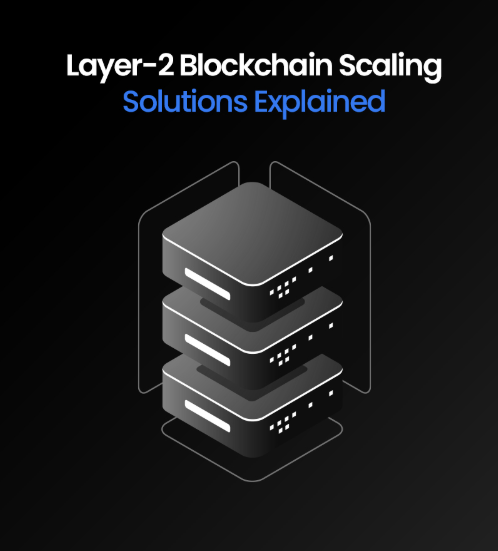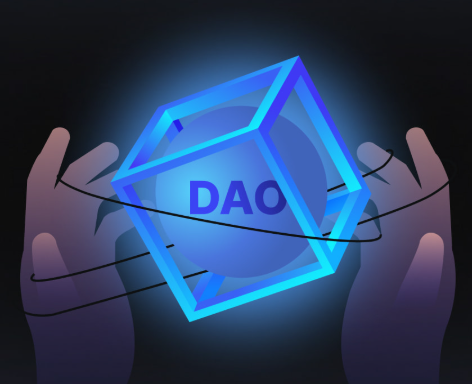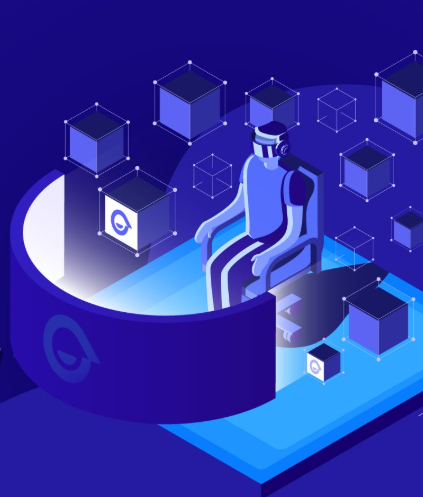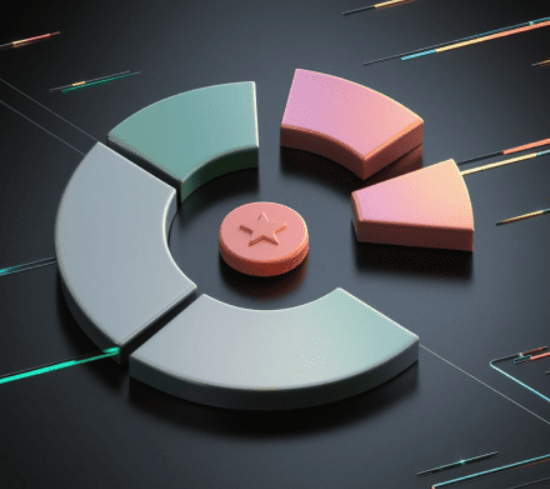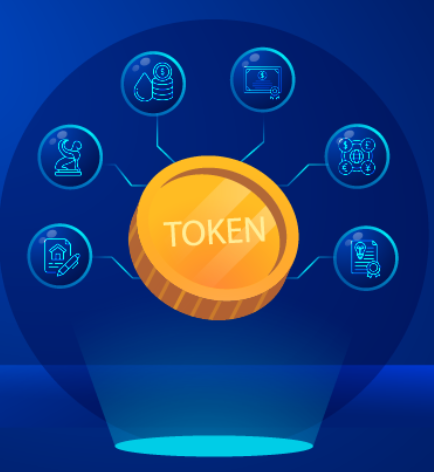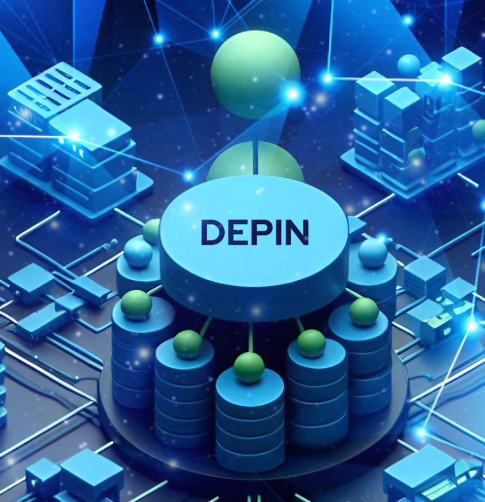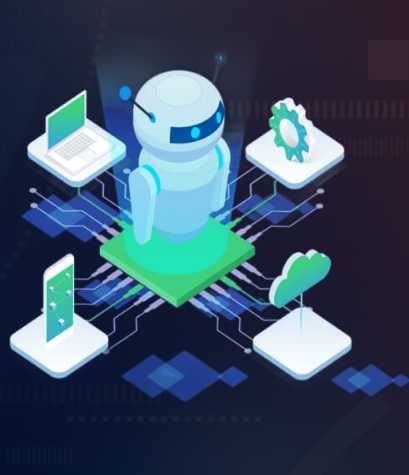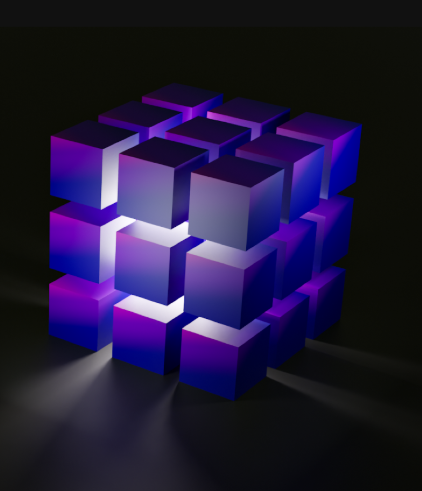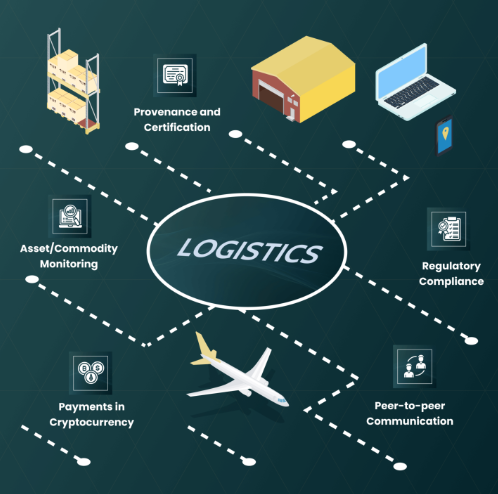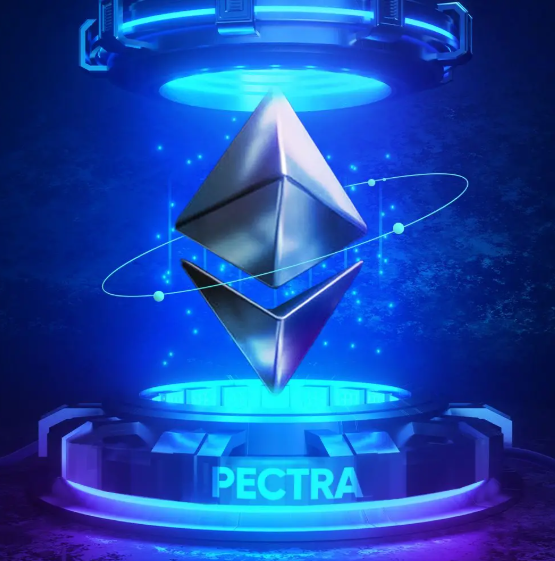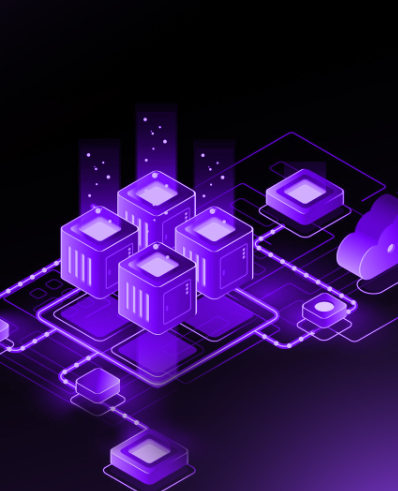
The concept of decentralized Internet of Things (IoT) networks is no longer confined to theory—it’s actively reshaping industries across the globe, from logistics and energy to healthcare and beyond. As Web3 founders and investors venture into this domain, they are tasked with creating sustainable, scalable solutions that address real-world problems. This article delves into the process of designing, scaling, and monetizing decentralized IoT networks, highlighting successful use cases and offering insights on the essential elements that drive these projects forward.
Why Decentralized IoT?
The traditional IoT systems remain centralized, often relying on single cloud providers that control device access, data transmission, and monetization. These systems are vulnerable to risks such as attacks, privacy breaches, and inefficiencies. In contrast, decentralized IoT networks, powered by blockchain technology and peer-to-peer protocols, allow devices to authenticate, communicate, and transact independently without a central authority. This new model promises more resilient networks, censorship resistance, and a transformation in how data is owned and monetized.
For instance, IoTeX’s Pebble Tracker offers a decentralized solution for secure environmental monitoring in industries like pharmaceuticals. By using tamper-proof sensors, it monitors critical factors such as temperature and location in real time. This data is then recorded on the blockchain, ensuring transparency and traceability throughout the supply chain.
Designing Scalable Networks
A significant challenge in the IoT space is scalability. Many blockchain systems struggle to manage the massive volume of data generated by billions of IoT devices. A potential solution lies in hybrid architectures that balance efficiency with trust.
The Helium Network, for example, uses a Light Hotspot model that allows devices to perform low-power tasks locally while offloading critical metadata to the blockchain. After transitioning to the Solana blockchain, transaction fees have been drastically reduced, making it viable for over 1.5 million devices to track assets and data globally. This model demonstrates the potential of combining local data processing with blockchain settlement for scalability.
Incentive Structures and Tokenomics
To foster the growth of decentralized IoT networks, it’s essential to design token economies that incentivize genuine participation. For example, DIMO rewards car owners with tokens for sharing data such as battery health and mileage through IoT devices. However, to ensure the integrity of the data, tokens are only awarded once third-party validators, like repair shops, confirm the accuracy of the information.
This approach ties token rewards to real-world actions, ensuring that participants are genuinely contributing valuable data to the network. It prevents the issue of fake or misleading data from affecting the system’s reliability.
Security, Privacy, and Trust
As IoT devices collect and transmit sensitive data, ensuring privacy and security is paramount. One effective strategy involves implementing Zero-Knowledge Proofs (ZKPs) to safeguard data. For example, Nodle uses Bluetooth sensors and ZKPs to verify location data from smartphones without revealing users’ identities. This privacy-first solution has made Nodle a trusted partner for smart cities in Europe, where it collects data for crowd analysis during major events.
Another key security measure is the use of trusted execution environments (TEEs), which provide a secure enclave for device authentication, ensuring that data can be verified without exposing sensitive information to potential threats.
Governance and System Upgrades
Effective governance is crucial for decentralized IoT networks, especially as they scale. By segmenting governance rights based on expertise, networks can be better managed. For instance, hardware manufacturers can focus on device specifications, while token holders manage aspects like tokenomics.
The XYO Network is a prime example of this approach. It uses a dual-token system where one token is used for governance and long-term value alignment, while the second token handles daily operations. This structure not only ensures the network’s stability but also encourages active participation in governance and staking, which enhances both performance and security.
Interoperability and Open Standards
Ensuring compatibility with existing IoT systems is another critical factor for Web3 founders. Adopting open standards and protocols, such as W3C Decentralized Identifiers (DIDs), allows for seamless integration with legacy systems. An example of this is VeChain’s ToolChain, which connects with IoT sensors from companies like Avery Dennison to enable real-time data tracking across industries. This interoperability ensures that devices and data from various sources can communicate efficiently, enhancing the overall utility of decentralized IoT networks.
Real-World Applications of Decentralized IoT
The potential of decentralized IoT networks is already being realized across various sectors. Here are a few notable examples:
- Supply Chain: Caterpillar, a leader in heavy machinery, uses IoT sensors to monitor equipment health in real time. This predictive maintenance approach reduces downtime and helps optimize the lifespan of machines, saving costs in the long run.
- Energy: Chevron’s IoT-powered monitoring system for pipelines collects real-time data on critical factors such as gas concentrations and pipe integrity. This information is then analyzed by AI systems to predict maintenance needs and prevent expensive failures.
- Healthcare: ResMed’s AirSense 10 AutoSet is an IoT-enabled device used by patients with sleep apnea to track sleep patterns. The device transmits data to healthcare providers, allowing for early intervention and tailored treatment plans. Similarly, Philips Lifeline provides wearable IoT pendants for seniors to detect falls and emergencies, ensuring immediate response and intervention.
Final Thoughts
Decentralized IoT is not just about replacing legacy systems but enhancing them. By promoting user ownership, transparency, and security, these networks offer a transformative solution to the challenges posed by centralized IoT systems. Projects like Helium, IoTeX, and DIMO are already leading this shift, offering new ways to ensure that those who contribute to connected ecosystems also benefit from them.





